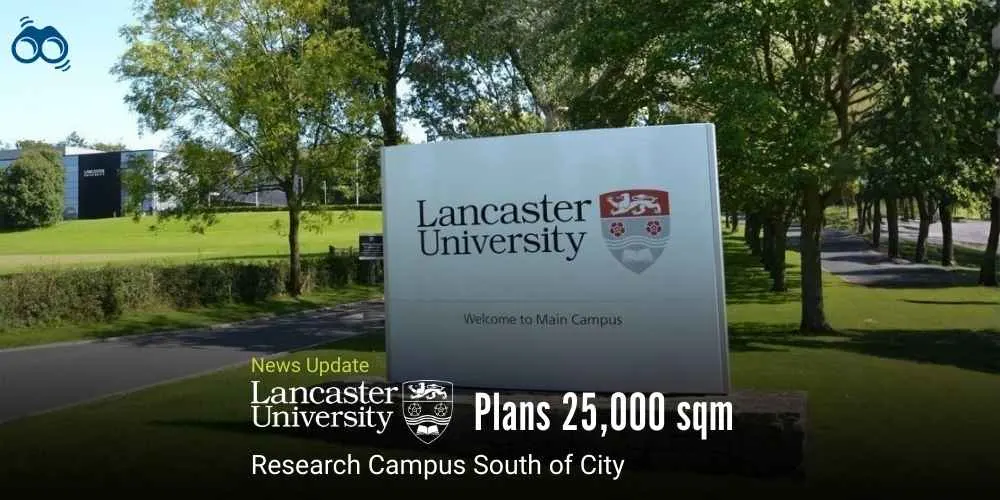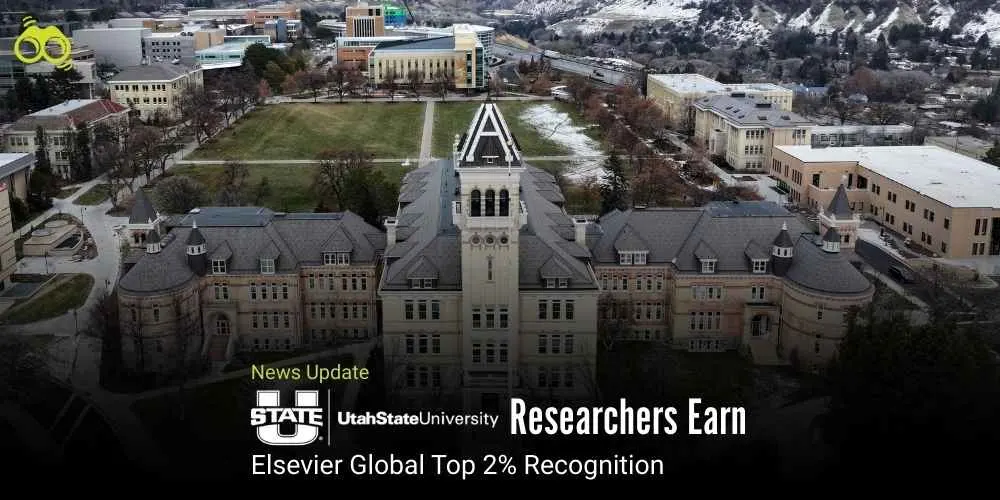Dutch Universities Face Uncertainty Amid Shifting Government Stance on Foreign Enrolments
Political Scrutiny on English-Language Programmes Raises Concerns for Dutch Higher Education
The Netherlands, long regarded for its openness to internationalisation in higher education, appears to be reconsidering its approach. Recent trends indicate a decline in international undergraduate enrolments, a shift that could have significant consequences for the nation’s workforce. Historically, many of these students transitioned into skilled migrant workers, contributing to key sectors of the economy. However, reports suggest that English-language academic programmes are facing increasing political scrutiny, pointing towards a potential restructuring of the country’s policies on foreign admissions.
Observers note that Dutch universities, once known for their ability to attract global talent, are now facing uncertainty. According to data from Nuffic, the national agency for internationalisation in education, the number of foreign students in Dutch higher education increased by just 3% at the beginning of the 2024–25 academic year. This modest rise of approximately 3,835 additional students marks the slowest growth in a decade. In contrast, international student numbers had surged by 12% three years ago, then fell to 7%, followed by 5.4%, and now just over 3%, indicating a steady downward trend.
Recent developments reveal a significant decline in new international student enrolments, particularly in undergraduate programmes. Analysts observed a mere 0.4% growth in new international bachelor’s and master’s students this year, the smallest increase since 2006. Bachelor’s programmes were hardest hit, with university-level enrolments dropping by 5% and applied sciences by 7%. Nuffic researcher Jonatan Weenink emphasised that the trend is clear and warned it would soon impact the entire student population.
Master’s programmes showed greater resilience, experiencing nearly 10% growth and attracting around 20,000 new students. However, 43% of these students, compared to 23% a decade ago, were already residing in the Netherlands after completing their undergraduate studies. The impact varied across institutions: technical universities such as Eindhoven and Delft recorded increases of 24% and 21%, respectively. Conversely, Groningen and Utrecht saw declines of 8% and 9%, while Wageningen experienced a 10% drop. Among universities of applied sciences, Rotterdam saw the sharpest decline at nearly 15%, whereas The Hague University of Applied Sciences grew by 8%. Fontys University, despite an 8% drop, remained the institution with the highest absolute number of international diploma students, enrolling over 6,000.
Recent data reveals a slight increase in international students within Dutch higher education, rising from 15.9% to 16.6%. Nearly three-quarters originate from EU or EEA countries, though this proportion has declined slightly. Germany continues to be the leading source, albeit with its lowest student numbers in a decade, followed by Italy, Romania, and Spain. Among non-EU nations, China remains the top contributor, with India and Turkey also sending substantial numbers. British enrolments continue to decline, a trend closely linked to Brexit. Nuffic has warned that the decline in new international bachelor’s students will eventually reduce master’s enrolments, leading to an overall drop in the international student population, a profound shift for Dutch academia. Analysts highlight the economic implications, noting that many international students remain in the Netherlands after graduation to work in crucial sectors such as technology, engineering, and healthcare. A diminishing student pipeline could exacerbate talent shortages in these fields.
Commentators attribute these trends to a broader political shift. The current right-leaning Dutch government aims to limit the intake of foreign students, partly by restricting English-language programmes that attract non-Dutch speakers. While some policymakers from VVD, NSC, and BBB advocate for retaining skilled international graduates in labour-short sectors, the overall stance remains inconsistent, causing uncertainty in academic circles. Observers suggest this policy approach reflects a wider European recalibration of immigration strategies, using education as a means to regulate migration flows more effectively.
Despite these challenges, Dutch institutions have not completely abandoned their commitment to internationalisation and still regard global engagement as essential. However, the slowing growth and mounting political pressures cast uncertainty over the future of international education. Experts assert that the Netherlands’ reputation as a global academic destination will depend on both university offerings and forthcoming political decisions. Commentators note a dual impact, while reduced student enrolments may ease housing and service pressures in student-heavy cities, stagnating bachelor’s admissions could hinder non-EU students’ pathways to EU residency or employment.
These changes coincide with the imminent launch of the European Travel Information and Authorisation System (ETIAS), which some view as part of a broader EU effort to make educational migration and visa processes more selective and economically driven. As the Netherlands faces an unprecedented slowdown in international student growth, its academic sector stands at a crossroads. While technical universities continue to attract foreign talent, the overall decline is expected to have long-term implications for higher education and the international talent pipeline. Whether this shift represents a strategic adaptation or a missed opportunity will ultimately depend on how the country balances its tradition of openness with emerging national priorities in the years ahead.
Editor’s Note:
The Netherlands has long been recognised for its welcoming approach to international students, offering a rich academic environment that attracts talent from across the world. However, recent trends indicate a notable shift. The decline in undergraduate enrolments, the tightening restrictions on English-language programmes, and the broader political scrutiny on internationalisation paint a picture of a country reconsidering its role in global education. The slowing growth of international student numbers signals a structural shift with broad effects. Many foreign graduates remain in the Netherlands, supporting key sectors like technology, engineering, and healthcare. Declining bachelor’s enrollments mean fewer students advancing to master’s programs, potentially weakening the talent pipeline. While technical universities continue to attract global talent, the overall downward trend raises concerns about the long-term sustainability of the Netherlands’ academic and economic landscape. The political aspect of these changes is significant. The Dutch government’s effort to limit foreign students by reducing English-language programs reflects a wider European shift in immigration policy. Although some policymakers support retaining skilled graduates, inconsistent policies create uncertainty for universities and students. This trend shows that education is increasingly used to regulate migration, aligning academic goals with national priorities. Globally, fewer international students in the Netherlands may reduce Europe’s appeal for non-EU students, redirecting migration to places like Canada and Australia. Restrictive policies could spread across Europe, risking a decline in cross-border academic exchange and weakening diversity and innovation.
According to Skoobuzz, the Netherlands' approach to international education is moving from openness to restriction, a shift that could redefine its standing in global academia and alter migration patterns for years to come.














0 Comments (Please Login To Continue)